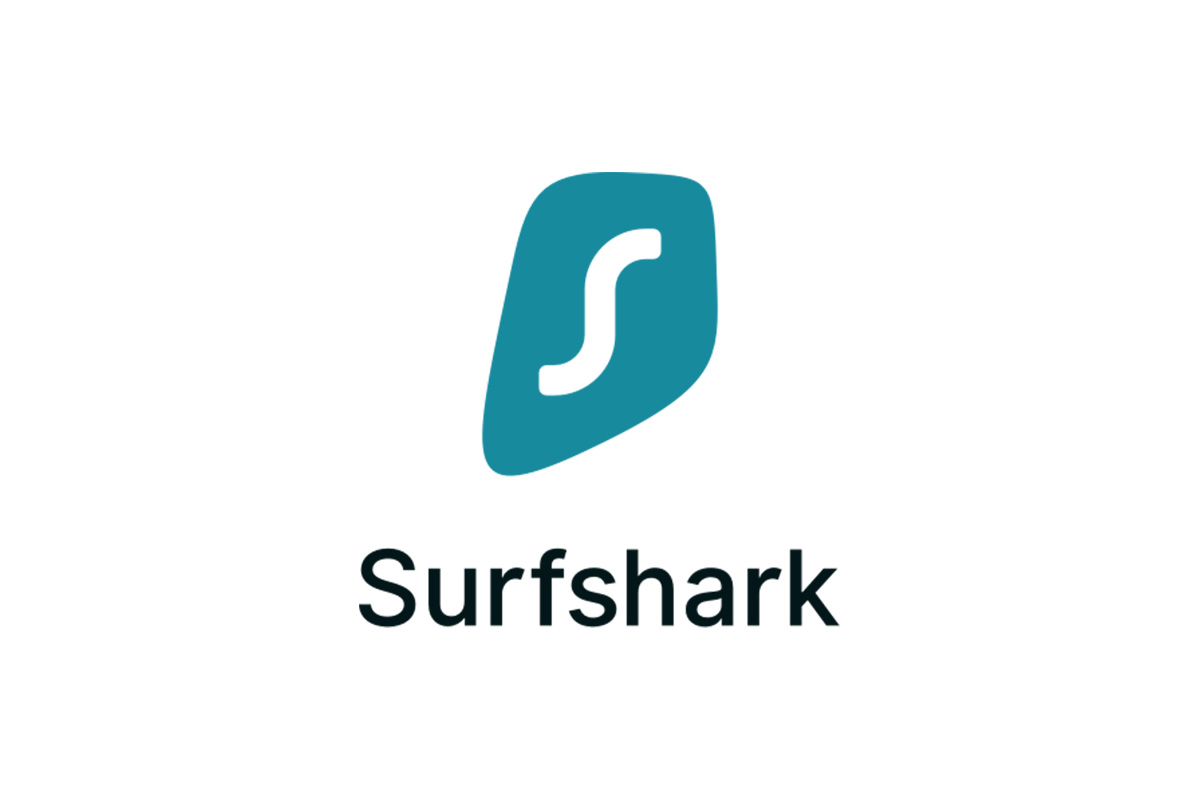A recently released study using aggregated data from Surfshark Antivirus shows that every 50th scan finds at least one threat. According to Surfshark’s research, there was a noticeable rise of 4349.15% of cyberthreats in Romania a week leading up to Black Friday. Romania has a threat rate of 107 threats per 100 scan cycle. Romania experienced the most intense storm of cyberthreats, followed by country Australia and Lithuania.
“The holiday shopping season starting with Black Friday is not only beneficial for the retailers but cybercriminals too,” – says Nedas Kazlauskas, Antivirus Product Owner at Surfshark. “People searching for gifts and deals online during the period of huge discounts are more likely to click on suspicious links, download malicious files, and infect their devices.”
Romania has experienced 4349% threat rate increase during the week leading to Black Friday. The five countries that suffered the highest threat rate spikes during this time (week-over-week) were Romania (4349%), Australia (275%), Lithuania (95%), Belgium (440%), and Germany (75%).
Europe has been the most affected region in the month leading up to Black Friday
Aggregated monthly data from Surfshark Antivirus shows that Europe is the most affected region by cyberthreats. Every time a person living in Europe completes 100 scans, 21 threats are found (28% more than the global average). Romania is the 8th country by threat rate in Europe.
Most common cyberthreats since mid-October
The most common threat types identified and flagged during Surfsharks’ Antivirus scans are riskware (47.3% of all threats), heuristic 12.4%) and adware (9.2%). Since October 17th, the latest weekly global scans show that, on average, 10 riskware threats were found per 100 scans. Some malware (viruses, trojans, worms, etc.) tend to multiply once they’ve infiltrated and infected a device and could cause damage to files, personal data, and operating software. The most likely malware type to be found in bundles is virus. 24% of scans that detect viruses will detect more than 50 of them.
Two of the most common cyberthreat categories are malware and riskware. Riskware is a program made without malicious intent but has security vulnerabilities that give it the potential to become malware. Malware is any software, product, or program created or installed onto a computer to cause harm.
Hackers use malware to corrupt or delete files, steal money and personal data, copy passwords, or take control of specific programs. The most common ways for malware to be installed are phishing emails, corrupt attachments, suspicious downloads, unfamiliar links, and malicious websites. Malware comes in various types, such as viruses, trojans, worms, spyware, adware, bots, and more.
Tips to protect yourself from threats online
- Avoid unfamiliar sites: Steer clear of unknown or unvetted sites that offer discounts too good to be true.
- Look for the lock icon: Make sure the website has a secure HTTPS connection. The lock icon in the address bar can identify them as legitimate sites.
- Update your software: Ensure the programs and apps are up to date to avoid potential security breaches.
- Steer clear of suspicious links: Scammers will send malicious links via email, mobile or social. Please do not click on them; instead, verify deals on a retailer’s official website.
- Watch for typos: Inconsistent grammar, multiple typos, and strange phrases can indicate potential scams.
- Use Antivirus: It offers real-time protection from same-day threats and advanced detection against malware and cyberattacks.
METHODOLOGY
The study examines Surfshark Antivirus encrypted data aggregated and anonymized by our automated mechanisms. The analysis has been ongoing since October 17, 2022. Aggregated data were analyzed according to three major categories: 1) Threat rate (threats per 100 scans) by country: threat count divided by completed scans multiplied by 100; 2)Threat rate by its type; 3) Threat tiers: scan count that found 1, 2 to 10, 11 to 50, and more than 50 threats.
Countries were ranked by threat rate, excluding those with too few scans completed.








Leave a Reply